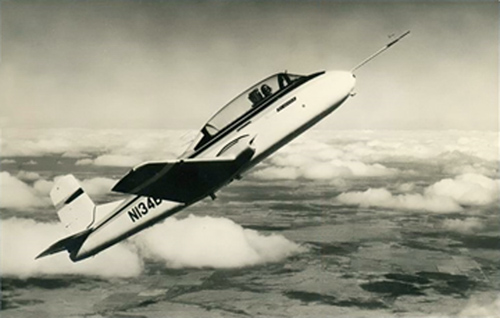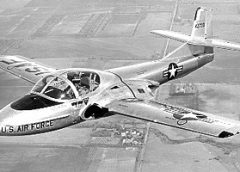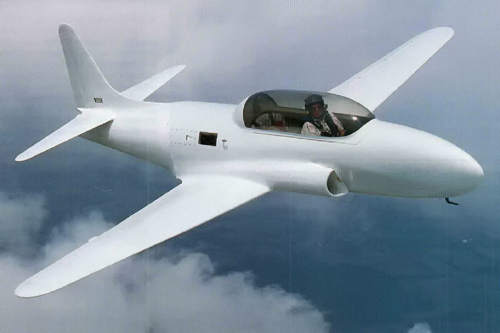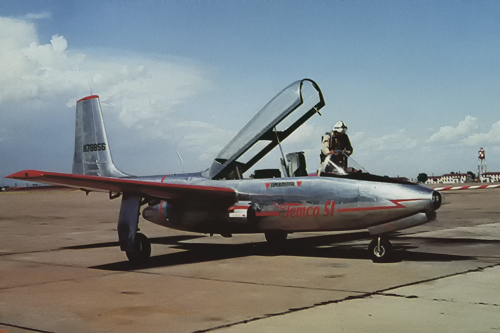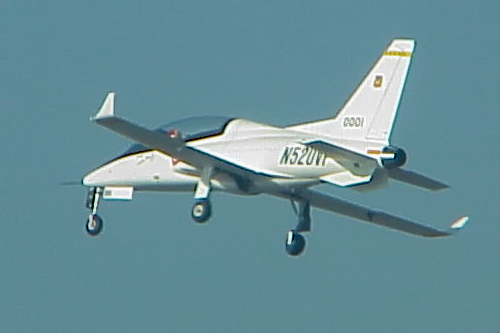Teledyne CAE Continental Motors a obtenu en 1951 une licence pour les petits moteurs à réaction de Turbomeca. Le turboréacteur Marbore II sera alors américanisé sous le nom de Continental J69 . Une large gamme d’autres moteurs en découlera.
In 1967 CAE (Continental Aviation and Engineering) was formed as a separate division, and like the parent firm this became a division of Teledyne Incorporated in 1969. It was renamed Teledyne CAE, with headquarters at Toledo, Ohio, concentrating on small turbojets and turbofans for RPVs, missiles and small aircraft.
The J69 began life as the Continental Model 352, rated first at 660 and then 880 lb. Large numbers of J69-9s were built with pr 4, airflow 18 lb/s and rating 290 lb at 22,700 rpm.
Smaller Turbomeca engines (66-75 Ibis) produced the Model 140 and 141 compressors and 220 (T51) turboshaft turboprop.
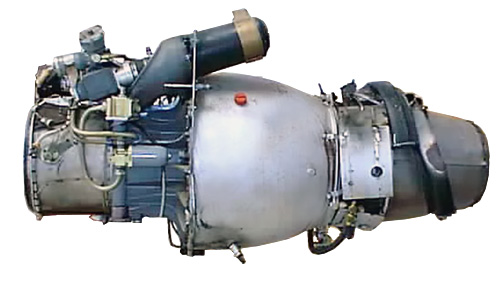
By 1956 Continental was engaged in adding transonic axial compressor stages, following Turbomeca’s lead but doing its own design. This resulted in the J69-29 (356-7A), J69-41A (356-29A) and YJ69-406 (356-34A) RPV engines with airflow around 29.8 lb/s, pr about 5.45 and typically 1,920 lb thrust. Also for RPVs the J100 (356-28A) added two axial stages, each with replaceable blades (44.9 lb/s, pr 6.3) to give 2,700 lb at 20,700 rpm. A profusion of further engines followed, as well as a licence extension for the Larzac, but most failed to find markets. Work on lightweight lift jets led to the LJ95 (365) with thrust of 5,000 lb and weight less than 250 lb. Mass-production engines include the J402-400 (370) for the Harpoon missile, with precision-cast axial and centrifugal stages (9.6 Ibis, pr 5.8) rated at 660 lb at 41,200 rpm, and the J402-700 (372-2) RPV engine (640 lb at 40,400 rpm).
In 1982 Teledyne CAE began second-source production of the Williams FI07 cruise-missile engine.
Applications
C’est le 18 décembre 1955 , que Tom Gillespie pilote d’essai de Beechcraft a fait faire son premier vol au Jet Mentor. Soit plus d’un an après le Cessna T37, mais 4 mois avant le Temco Pinto. Pour concevoir...
The T-37, Cessna’s first jet aircraft was the winner of a Design Competition for a two-seat side by side intermediate jet trainer, for which fifteen proposals were submitted to USAF Air Reseach and Development...
Le Stargate YT-33 replica est probablement la première réplique d’un Warbird à réaction à avoir voler. L’appareil reproduit assez fidèlement un Lockheed T-33 T-Bird à l’échelle 2/3. Le premier vol remonte à 1995. Présenté...
The United States Air Force issued a requirement in 1952 for a jet-powered primary trainer, and Texas Engineering and Manufacturing Company (Temco) responded with the Temco model 51 Pinto TT1. Powered by a Continental J69-T-9 turbojet,...
Le ViperJet Mark I est l’un dés premier Kit de biplace à réaction arrivé sur le marché aux USA. Conçu à l’origine pour être équipé avec un moteur Continental TS10 520 équipé d’un fan à...


